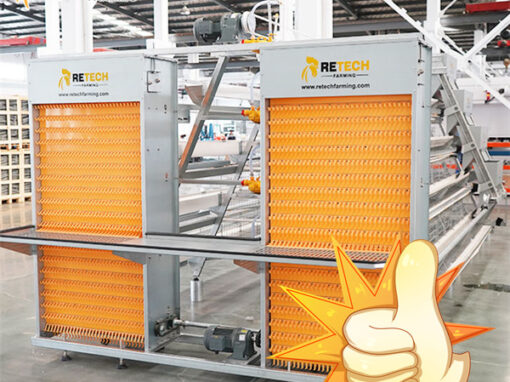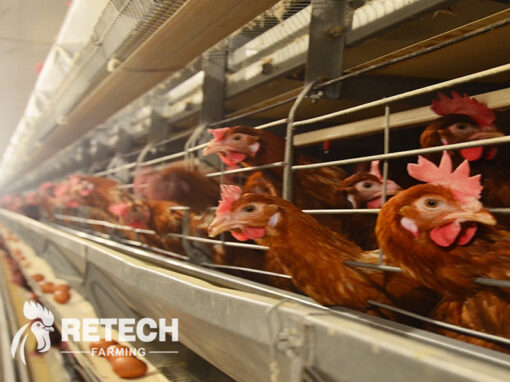In the process of laying hens, the cost of feed accounts for the main proportion of the total cost. During the feeding process of laying hens, the waste of feed will lead to a lot of increase in cost.
In the process of raising chickens, we often encounter a situation, that is, the phenomenon of “picky eaters” in chickens. Laying hens peck at the feed they like to eat, and plan a lot of pelleted feed out of the trough or leave it in the trough, causing waste. These leftovers are in the feed trough and are not eaten in a short period of time. The more they accumulate, they will gradually become mildewed, which will bring more harm to the health of chickens.
Chickens are “picky eaters” and their feed intake decreases. Focus on the following aspects:
1.Feed palatability.
Farmers know that the particle size of feed will be different after mixing and crushing. For laying hens, it is inconvenient to peck the feed with too large feed particles, and there will be a phenomenon of picking.
In addition, there are inferior raw materials in the feed raw materials, such as inferior oil, which leads to poor palatability of the feed, and the chickens will be thrown away.

2.The problem of coccidia.
The intestinal lesions of laying hens will cause discomfort to the chickens, resulting in the appearance of shavings. After coccidiosis occurs in chickens, the intestinal mucosa is swollen, and the chickens will feel pain. At this time, chickens will refuse to eat large particles to relieve their pain. At the same time, when chickens develop coccidiosis, the chickens will show irritability, high-density rearing during the brooding period, and this time will be accompanied by mutual pecking of the anus.

3.Adenomyosis.
After laying hens have adenomyosis, there will be ulcers in the gizzard. When the food comes into contact with the gizzard wound when peristaltic grinding food, the pain will be aggravated. Therefore, the external performance of chickens is to select the powder at the bottom of the trough, and they are unwilling to eat large pellet feed. In the long run, chickens will show symptoms such as choking, weight loss, and uneven size.
4.The influence of mold
The purchased raw materials are seriously mildewed and have not undergone professional mold removal treatment, and the feed is rancid and smelly, which can easily lead to serious mold problems in the flock, which in turn induces a series of problems.

Therefore, when raising chickens, it is necessary to choose appropriate feed, pay attention to feeding management, scientifically treat diseases, regulate intestinal problems, and strictly prevent coccidiosis and adenomyosis as well as feed mold problems, so as to reduce the feed waste caused by chickens’ picky eating.


